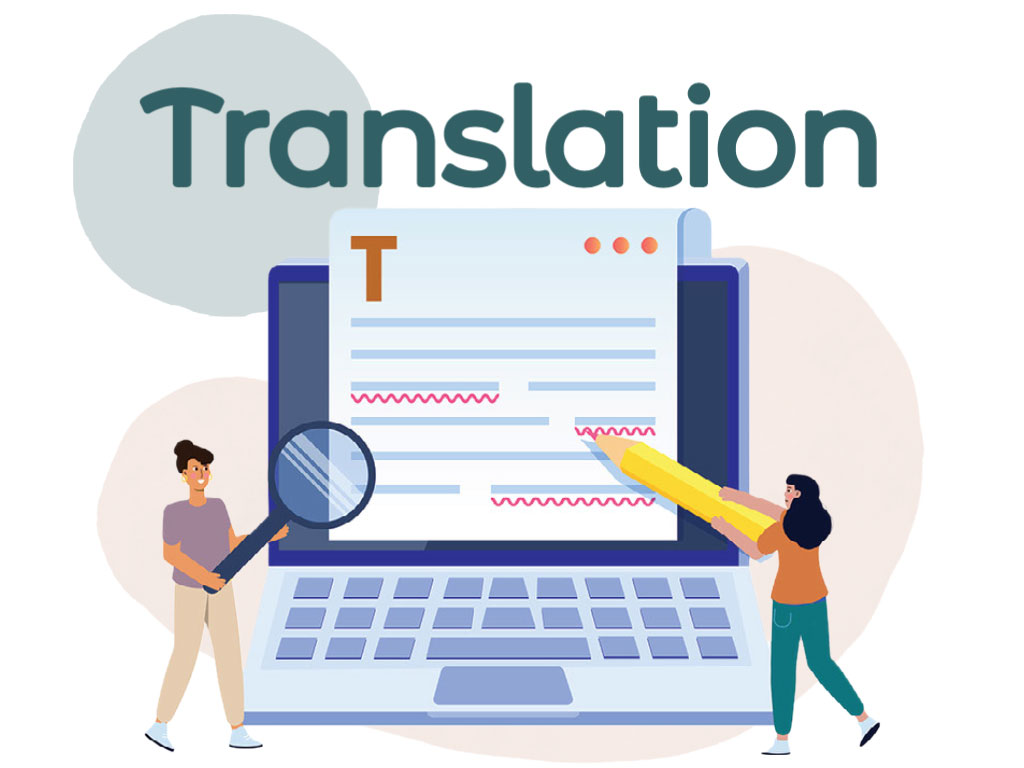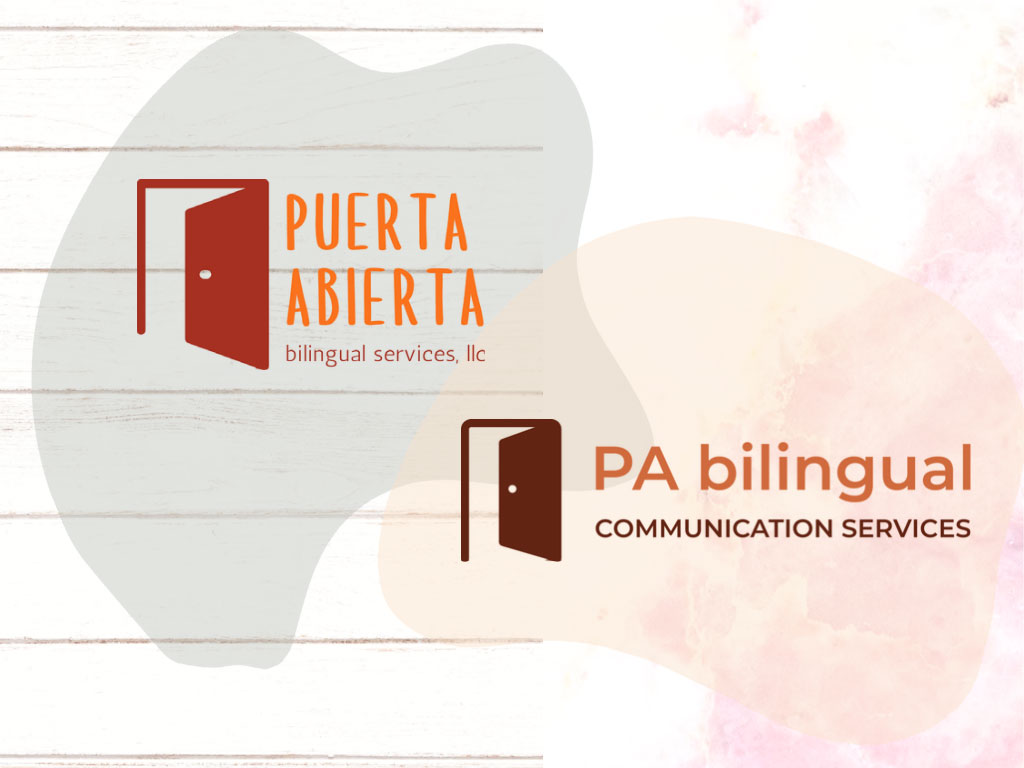We don’t claim a translator’s case to be unique; many people probably feel that their professions are misunderstood to some extent by the people who are not living and breathing them every day. In the case of language access professionals, these common misconceptions do more than get under our skin, they compromise the quality and effectiveness of communication with limited English proficiency communities and individuals.
Misconception #1: Translating and interpreting are the same thing.
When we tell people we’re translators, we tend to get a lot of follow-up questions about interpreting. So, as basic as it may seem, clarification is warranted. Translation is the written conversion of a written message into another language. Interpretation is the oral conversion of spoken messages between two languages. Translators are not inherently good interpreters, nor are interpreters inherently good translators. Each requires preparation and long-term honing of very different skill sets.
Misconception #2: Translation is just substituting words in another language.
Wouldn’t that be nice! In reality, translation is a much more nuanced and specialized skill than it may seem. A good translation should read as if it were originally authored in that language. After all, consider who the translation’s message truly needs to reach: in our case, Spanish speakers who don’t speak or read English well. Some of the best-known examples of failed literal translation are idioms (sayings particular to a certain language). For example, if you’re making up a fantastical story, in English someone might accuse you of pulling their leg, while in Spanish you’d be pulling their hair. Literal translations of idioms make for more obvious and humorous errors, but in our experience, lay translators often make more subtle mistakes, underestimating the importance of differences in syntax, grammar, tone, and phrasing patterns between languages. This leads to literal translations that mirror the source language so closely in verb conjugation, sentence structure, and (false) cognates that they can be nearly incomprehensible to someone who doesn’t speak both languages and have the original document at their fingertips for reference.
EXAMPLE: It may require additional time to complete.
(Spanish) Podría requerir tiempo adicional completar.
Misconception #3: Any bilingual person can translate.
There is so much to unpack here, it’s hard to know where to start. First and foremost, being a good translator requires being a skilled writer in the target language. In the U.S., it’s not uncommon to be raised in one language and schooled in another. For many people, this can result in developing stronger vocabulary, spelling, and written expression skills in English than in the language they first learned to speak. Far too often, we have seen translation work delegated to bilingual staff or volunteers who are not experienced translators, either as a cost-saving measure or due to lack of information/education on the part of managers and hiring committees. Unfortunately, this approach is often detrimental not only to the target community, but also to the bilingual staff members and the organization itself. Poorly written or translated text can be confusing, ineffective and even disrespectful to readers, not to mention the blemished reputation it can cause for the organization that published it. Worse yet, tapping staff members to translate organizational content based on their ethnicity or first language–rather than on their ability or desire to translate—borders on exploitative, especially since pay is rarely adjusted to reflect the specialized task they are being asked to carry out. Finally, staff-delegated translations rarely undergo the rigorous editing and proofing processes necessary to produce a quality text.
Misconception #4: Automatic translation software is improving to the point of replacing human translators.
AI is constantly improving, but even the best online translation tools (of which Google translate is NOT) lack important information about tone, audience, and evolving language, leading to robotic, confusing, hilarious, and sometimes offensive results. There are plenty of memes circulating the internet showing some of the funnier examples in both languages, such as: ‘stroke’ as in ‘stroke of a marker’ translated as ‘cerebrovascular accident’; ‘listen for the sirens’ translated as ‘listen for the mermaids’, etc. But these errors are not always fun and games. The following are examples of automated translation that we’ve encountered in the past few months alone. *
EXAMPLE: 1-800-XXX-HELP translated as 1-800-XXX-AYUDA
DEFICIENCY: inability to recognize context
RESULT: dead-end misdials; barriers to access
EXAMPLE: Trans hormone care translated as Cuidado de las hormonas trans
DEFICIENCY: inability to correctly link adjectives with the nouns they modify
RESULT: misleading information suggesting the existence of trans hormones (as
opposed to hormone treatment for trans people).
EXAMPLE: Bleeding disorders translated as Desórdenes sangrantes (bleeding messes)
DEFICIENCY: inability to deduce proper syntax; problems with specialized vocabulary
RESULT: we have no words; it’s utterly incomprehensible and embarrassing
EXAMPLE: John Beaver translated as John Castor
DEFICIENCY: inability to distinguish proper nouns from nouns
RESULT: Misidentification of an important person or contact
EXAMPLE: Daisy Screening Program translated as Programa de detección de margarita
DEFICIENCY: inability to distinguish proper nouns from nouns
RESULT: confusing and misleading information suggesting the existence of a test to detect the presence of daisies (the flower)
We hope this entry has shed some light on the highly skillful and nuanced work of translators and the importance of always seeking out professional services. For more information about our services and pricing, we’d love to schedule a meeting! Don’t hesitate to email us at hola@pabilingual.com.
*Some examples have been slightly modified for anonymity.



